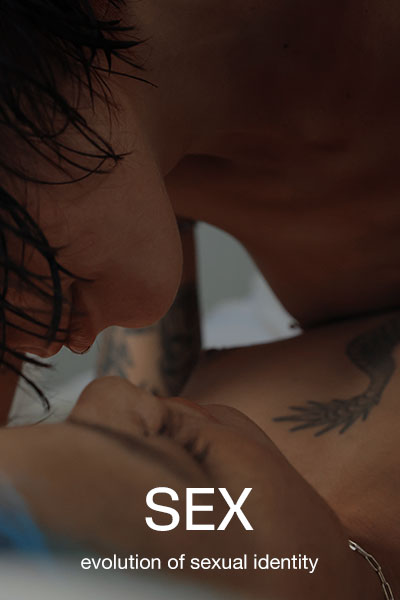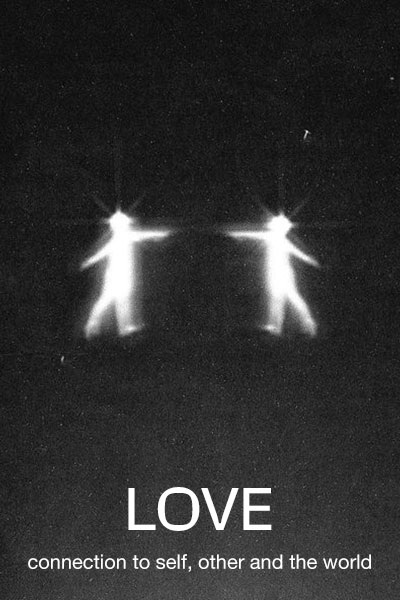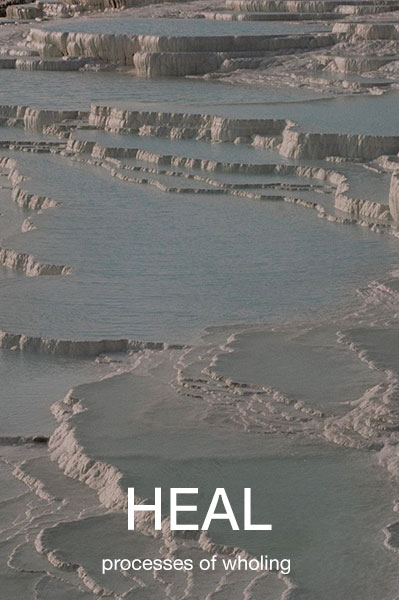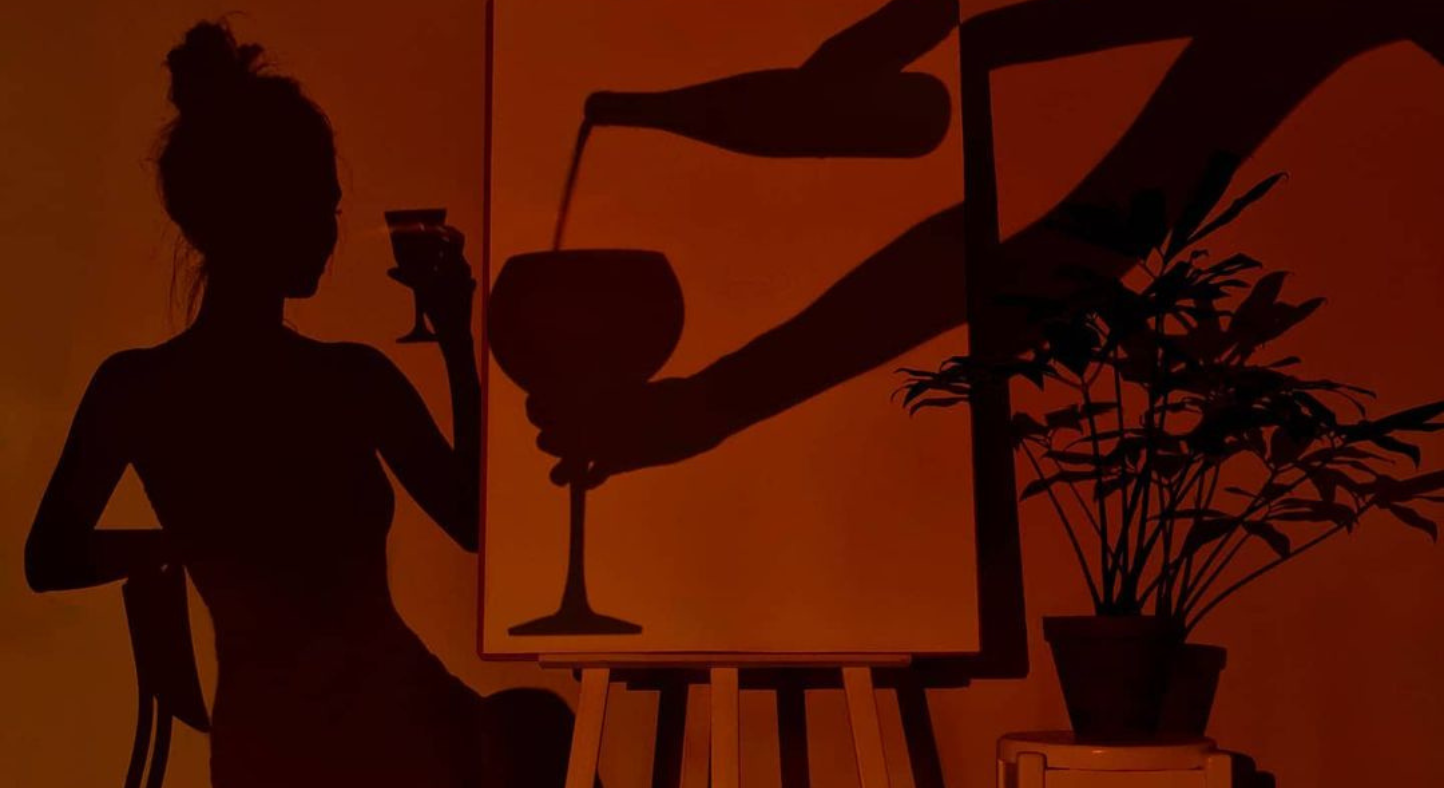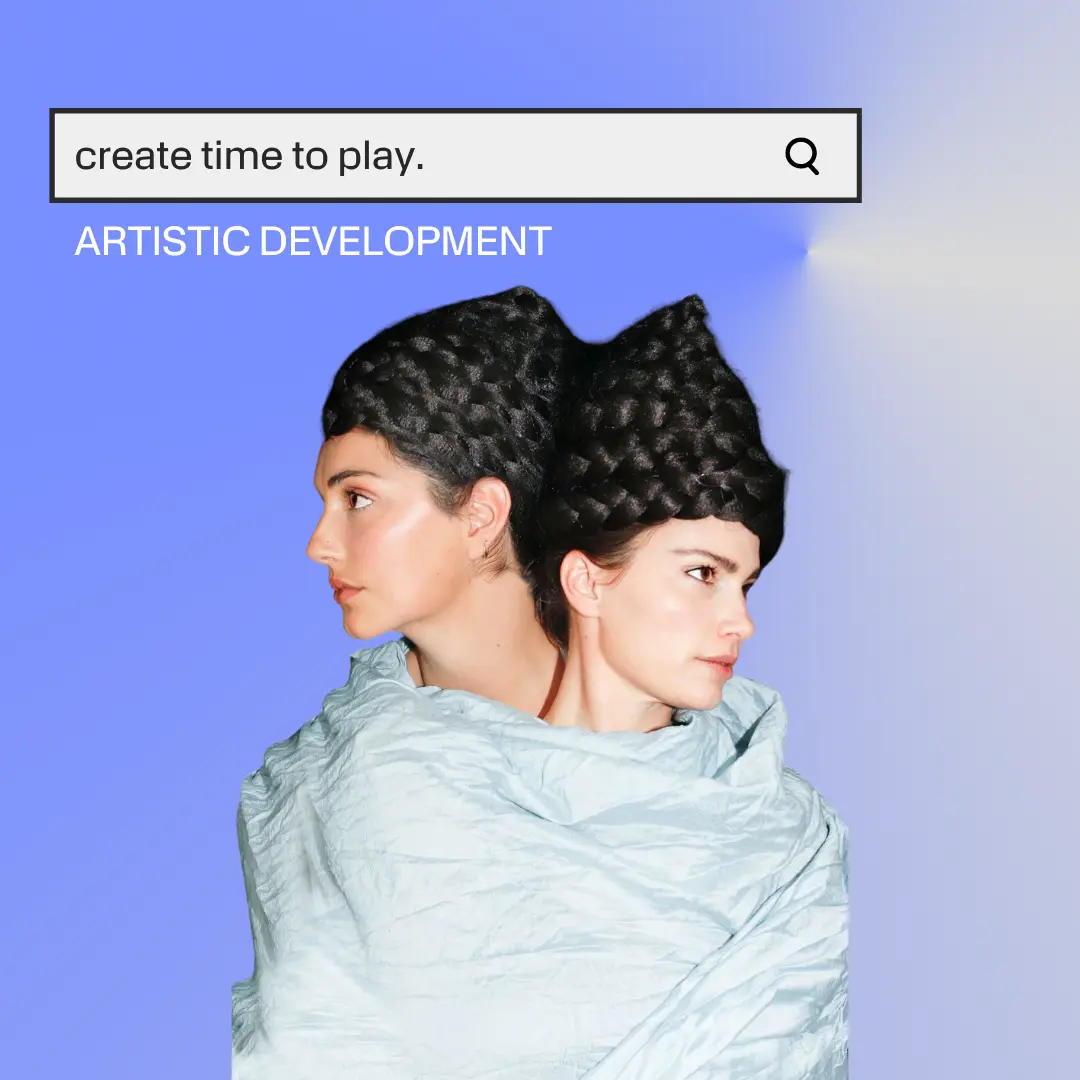Pleasure is knowledge
And we learn from it every day.
For a long time, I had dodged the question of why I love the art I love. The how, the when, the where, the who – all things I find great ease and enjoyment in articulating. But the why? My answers are always too ambiguous, too crude, too clunky, like I am trying to bite my own teeth.
Material, space and colour are the main components of visual art. We all know material, it can be picked up, framed and sold, but no one sees space or colour objectively. Two of the main aspects of visual art are thus unseen. The very essence of visual art is invisible. This is my first insight into the difficulty of this idea’s expression. If the discussion of science is scientific, the discussion of art is superstition.
Truth is, I haven’t written anything in quite a while. Not for lack of things to write about, but I felt like I had met the final boss of criticism: Why?
Why is any one square canvas of colour better than the other? I’d hope that the relevance of this idea is not lost on you – this isn’t just about art, life behaves in the same intangible way (life imitates art etc). For someone who has no credentials beyond a colourful work record (writing essays for uni students, pouring beers etc) and an exhaustive knowledge of space and colour theory, this discussion proved to be an undertaking. We favour the simple expression of the complex thought; art is exactly that. To honour this, I will keep my findings as brief as possible.
Pleasure is a superior form of knowledge.
I was somewhere between the second and third floor of a gallery in June when I figured this one out. Turns out, all it takes is forty minutes of standing in silent observation of Thomas Ruff’s ‘Substrat 19 1 2003’.
‘Substrat 19 1 2003’ is a monolithic chromogenic print that throbs and chugs with colour before you the way a heart does. An undulating cosmic sonogram of energy that is at once both sexual and vibrant. It turns you on, and then turns on you. The work left me high and dry because it was brilliant, but also representative of everything I thought I hated about the art world. Being conventionally attractive, it is almost impersonal in its elemental force. The fact that it looks like it would be far too comfortable on some corporate collector’s kitchen wall didn’t help either. It was everything I was working against, and I adored it. In fact, I was so taken by it, I skipped past the Gordon Bennett show that I was actually there to write about and proceeded to get exorbitantly day drunk on martinis that afternoon. I was high, and I was very confused. The robust constructivist framework I had finessed over the years had just been unflinchingly spat on by a somewhat overstated and very friendly 200 x 120 acrylic board.
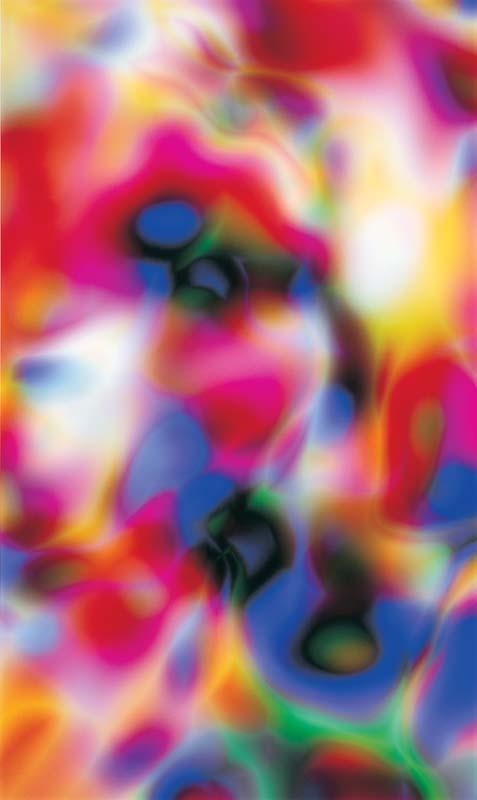
I felt as though I shared a wonderful understanding with this piece, and I concede that I struggled for a long time with an inability to rationalise the experience. Why did I like it? If I didn’t have my theory, my books, my stories, my ideas, what did I have? What did I know? I was reminded that life, and reflectively speaking, art is stranger than that.
I had accepted too simply that the span of understanding is that of rationality and logic. This is fundamentally at odds with sensation, which is what art (and every other good thing in life) deals in. Sensation, being the catalyst for pleasure, liberates some kind of latent information that lies within us, allowing us to understand certain essential things without knowing them.
For me now, beauty is what works. The way an oddly arranged stack of paper can produce a literary experience and psycho-emotional response is beautiful. Or how the right amount of ice cubes can dilute my drink perfectly is beautiful.
There is something to be proven by this point when I look at the enormous amount of effort that goes into seemingly incoherent things. I see it in my day-to-day now. I see it when we all sweat over finding the perfect song to match the atmosphere at a party. The rush of getting it right, only to lose it when it ends after a matter of minutes. It is irrational, but it works. There are strange days when artworks speak to me for no good reason, and on these days I feel like I have learnt the most even though I have thought the least.
Therefore, the fact of it is undeniable: Pleasure is an intelligent and accessible form of knowledge.
We learn from it every day. This doesn’t sound like an outrageous concept, but in the world of this idea there can be no steps backwards. In the world of this idea, knowledge is hedonism and pleasure is intelligence, not indulgence. In the world of this idea, there is more than one way of knowing and there is sometimes a way to be sure of the ultimate reality of things – feeling.
Finally, I should tell you the bad news. There is a war against pleasure. It is happening right now. If a wealth of understanding can be learnt once the rational brain is put to rest, if an artwork can live by companionship, it can also die by the same token. Artworks, much like the world they exist in, are often permanently and irrevocably impaired by the eyes of the unfeeling and the cruelty of the know-it-all who would extend their affliction universally. Sensation is a discipline that we aren’t taught. Fighting the good fight means a long battle against the inertia of a certain way of thinking. It means a total commitment to and understanding of, a certain creative power that we all harbour just beneath the grasp of our understanding. It means pleasure and sensation can be just as valid as academia and traditional information. There exists a bright, new school of thought that is not at first logically-driven. You don’t need to know why it all happens, and a healthy amount of delusion can really do you wonders.






